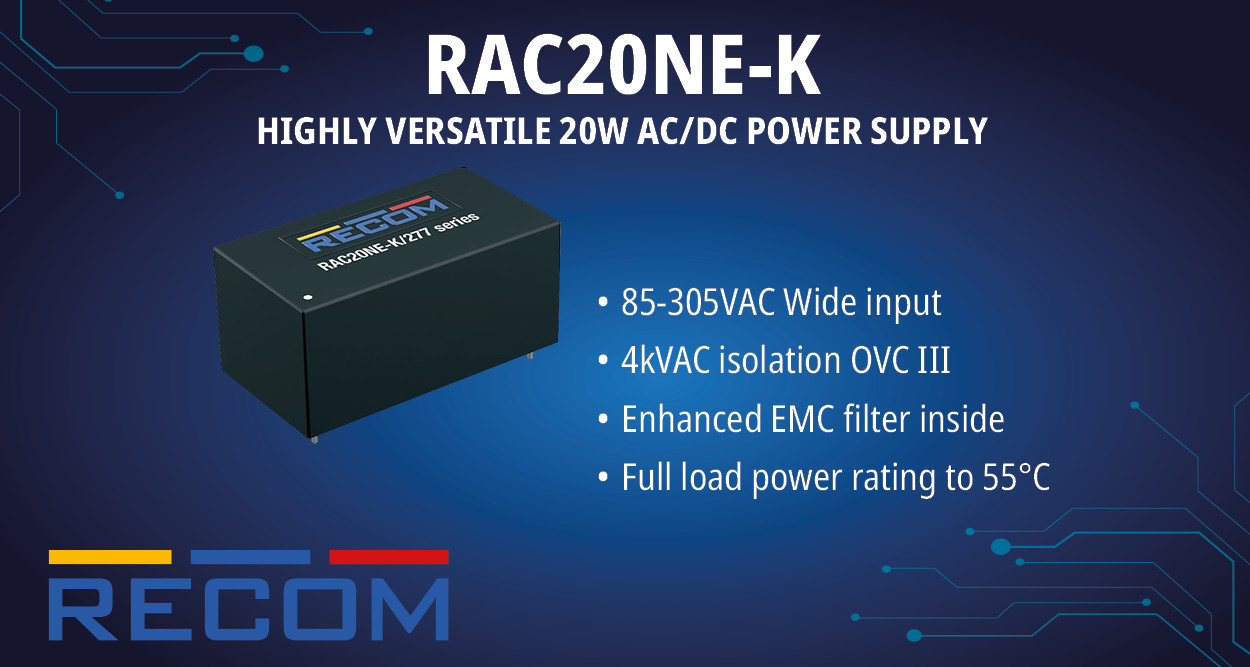The global active electronic components market reached a value of USD 361.03 billion in 2024 and is projected to grow to approximately USD 639.52 billion by 2034, expanding at a compound annual growth rate (CAGR) of 6.28% during the forecast period from 2025 to 2034.
The market is experiencing a steady upward trend, driven by the increasing demand for advanced electronic systems and the growing adoption of automation across various industries. Active electronic components—such as transistors, diodes, integrated circuits (ICs), and thyristors—play a vital role in controlling and enhancing electrical signals. These components are integral to a wide range of applications, including consumer electronics, automotive systems, and industrial equipment.
The rapid growth of electric vehicles (EVs) and renewable energy systems is further boosting the demand for efficient active components that support power optimization and management. Moreover, advancements in technology and component miniaturization are driving the development of compact, energy-efficient devices with high performance.
Additionally, the rise of the Internet of Things (IoT) and smart devices is opening up significant opportunities for active components in data communication and signal processing. However, the market faces challenges such as supply chain disruptions and material shortages, which could impact its short-term dynamics. Despite these hurdles, the long-term outlook for the active electronic components market remains highly positive.
Market Insights and Key Statistics
- United States Market Size Valued at USD 56.36 billion in 2024, the U.S. market is expected to grow to USD 99.83 billion by 2034.
- Asia-Pacific dominated the global market with a 55.60% revenue share in 2024.
- North America followed, accounting for a 22.30% share in 2024.
- By Product Type, the semiconductor devices segment led the market, capturing a 58.20% share in 2024.
- By End User, the consumer electronics sector was the largest contributor, with a 30.80% revenue share in 2024.
Why Active Electronic Components Are Important?
1. Signal Amplification
- Active components like transistors and operational amplifiers (op-amps) can amplify weak signals (like from a microphone or antenna) to usable levels.
2. Control and Switching
- Transistors act as electronic switches or gates in digital circuits (like in CPUs and memory chips), allowing complex logic operations and control.
3. Power Regulation
- Components like voltage regulators and DC-DC converters adjust and maintain stable voltage levels in power supplies.
4. Oscillation and Signal Generation
- Active components are essential in building oscillators and timers, which are needed in clocks, radios, and signal generators.
5. Processing and Computing
- Integrated circuits (ICs), made of millions or billions of transistors, are the brains of modern electronics like computers, smartphones, and embedded systems.
Common Active Components
| Component | Function |
| Transistor | Switching, amplification |
| Op-Amp | Signal amplification, filtering |
| Diode | One-way current flow (special types like LEDs or Zener diodes are also active) |
| IC (Integrated Circuit) | Complex functions like computing, memory, signal processing |
| SCRs, MOSFETs | Power control in industrial and high-power electronics |
Contrast With Passive Components
| Passive Component | Role |
| Resistor | Limits current |
| Capacitor | Stores electrical energy temporarily |
| Inductor | Stores energy in magnetic fields |
| Transformer | Transfers energy between circuits |
Active Electronic Components Market: Segmental Analysis
Product Type Analysis
1. Semiconductor Devices
Semiconductor devices hold the dominant share in the active electronic components market due to their versatility and critical role across various applications. This category includes transistors, diodes, and integrated circuits (ICs), which are foundational in consumer electronics, automotive systems, telecommunications, and more.
The growing demand for IoT, 5G connectivity, and electric vehicles (EVs) is significantly driving this segment. Additionally, ongoing advancements in semiconductor manufacturing, including the development of smaller, more energy-efficient chips, continue to push innovation and adoption across industries.
2. Vacuum Tubes
Though largely replaced by solid-state components like transistors and diodes, vacuum tubes still retain a niche presence in specialized applications. They are preferred in high-frequency amplification, particularly in audio, broadcasting, radar, and microwave systems. These tubes are notably resilient under high-power conditions, making them essential for select use in aerospace and defense sectors. Despite being a small segment, continued material and design improvements ensure their relevance in specific high-performance applications.
3. Display Devices
Display devices, including LCDs, LEDs, and OLEDs, play a significant role in applications ranging from smartphones and TVs to automotive dashboards and medical monitors. With increasing consumer expectations for high-resolution, low-power, and flexible displays, this segment is witnessing strong innovation. Technologies like mini-LED and quantum dot displays are emerging to meet demands for improved visual experiences.
4. Others (Sensors, Actuators, Microcontrollers)
This diverse category includes:
Sensors: Key to IoT, automotive safety, and industrial automation, enabling real-time data acquisition and analysis.
Actuators: Convert electrical signals into mechanical motion, widely used in robotics, smart appliances, and automated systems. Microcontrollers: Serve as the processing unit in embedded systems, essential for smart thermostats, wearables, and medical devices. These components are foundational to modern intelligent systems and will continue to grow with the increasing digitization of industries.
End-Use Analysis
1. Consumer Electronics
The consumer electronics segment is a major driver of the active components market, with applications in smartphones, laptops, wearables, smart TVs, and other connected devices. Components like ICs, transistors, and diodes are crucial to device functionality. Demand is fueled by:
- Rising disposable incomes
- Increased adoption in emerging economies
- The proliferation of IoT and 5G
Ongoing trends such as device miniaturization and energy efficiency continue to expand this segment.
2. Networking and Telecommunications
This segment is critical, especially with the global rollout of 5G infrastructure. Active components such as RF amplifiers, semiconductors, and microprocessors are essential for:
- Base stations
- Routers
- Satellite communication systems
The surge in data consumption, cloud computing, and connected devices intensifies the demand for high-speed, reliable network hardware.
3. Automotive
With the transition towards electric and autonomous vehicles, the automotive industry has become a key consumer of active components. These are used in:
- Electric powertrains
- Battery management systems
- ADAS (Advanced Driver Assistance Systems)
- In-vehicle infotainment and connectivity
The growing focus on vehicle electrification and smart mobility is expected to drive demand for high-performance, reliable electronics.
4. Manufacturing and Industrial Automation
In the manufacturing sector, active components support industrial automation, robotics, and process control. Components such as thyristors, sensors, and ICs enhance productivity and precision in smart factories. Technologies under the Industry 4.0 umbrella, including IoT-enabled systems and predictive maintenance, are major growth drivers in this segment.
5. Aerospace & Defense
The aerospace and defense sector depends on high-performance components for radar, communication, navigation, and surveillance systems. Active components are essential in:
- High-frequency transistors
- Advanced semiconductors
- Microwave applications
The ongoing modernization of global defense infrastructures and increased use of UAVs and satellite technology ensure sustained demand in this sector.
6. Healthcare
Active components are indispensable in modern medical electronics, powering devices like:
- Imaging systems
- Wearable health monitors
- Remote diagnostic tools
The rise of telemedicine, AI-powered diagnostics, and precision medicine expands the application scope. Innovations in minimally invasive devices and digital health platforms are expected to drive growth in this segment.
7. Others
This segment includes applications in:
- Energy management and renewable systems (e.g., solar inverters, smart grids, EV charging)
- Transportation infrastructure
- Retail automation (e.g., digital signage, automated checkout)
These diverse applications underscore the versatility of active components across industries. Continuous innovation is unlocking new possibilities, making this segment a key area for emerging growth opportunities.
Active Electronic Components Market: Regional Analysis
1. Asia-Pacific: Leading the Global Market
The Asia-Pacific active electronic components market was valued at USD 200.73 billion in 2024 and is projected to reach approximately USD 355.57 billion by 2034.
Asia-Pacific dominates the global market, driven by rapid industrialization, urbanization, and a strong electronics manufacturing ecosystem. Countries such as China, Japan, and South Korea are global leaders in semiconductor production and consumer electronics innovation.
- A growing middle class with rising consumption of smartphones, wearables, and electric vehicles
- Government initiatives to promote smart infrastructure, renewable energy, and technology innovation
- The emergence of India and Southeast Asia as major hubs for advanced technology manufacturing, attracting significant investment
- This blend of production capability, consumer demand, and policy support ensures Asia-Pacific remains the most influential region in the active electronic components market.
2. North America: Innovation and Infrastructure Growth
Key factors behind the region’s dominance include:
The North American market was valued at USD 80.51 billion in 2024 and is expected to reach USD 142.61 billion by 2034.
North America benefits from its position as a technological innovation hub, with strong activity in:
- Consumer electronics
- Electric vehicles
- Industrial automation
- 5G infrastructure
The region is home to leading semiconductor companies and has a significant market for aerospace and defense electronics. Additionally, U.S. and Canadian government initiatives promoting clean energy adoption are accelerating the use of active components in energy systems.
North America’s emphasis on R&D and emerging technologies continues to support steady market growth.
The LAMEA market was valued at USD 18.05 billion in 2024 and is anticipated to reach USD 31.98 billion by 2034.
3. Europe: Sustainable and Technological Advancements
The European market was valued at USD 61.74 billion in 2024 and is projected to grow to USD 109.36 billion by 2034
Europe’s growth is underpinned by its focus on sustainability, technological innovation, and energy efficiency. Countries like Germany and France are leading the way in:
- Electric and autonomous vehicle development
- Renewable energy adoption, especially wind and solar
- Smart manufacturing and industrial automation
Sectors such as healthcare, aerospace, and telecommunications also rely heavily on advanced electronic components. In addition, Europe’s push for green technologies and digital transformation, coupled with substantial R&D investments, ensures a promising outlook for the region.
4. LAMEA (Latin America, Middle East, and Africa): Emerging Potential
The LAMEA market was valued at USD 18.05 billion in 2024 and is anticipated to reach USD 31.98 billion by 2034
LAMEA is witnessing steady growth due to:
Increased adoption of renewable energy technologies, particularly in solar and wind
- Investments in urbanization and digital infrastructure
- Development of smart cities in the Middle East
- Rising demand for consumer electronics in Africa
Despite challenges such as limited manufacturing capacity and economic volatility, the region shows promise as modernization efforts continue to expand. Infrastructure upgrades, energy projects, and telecom development are expected to drive the demand for active electronic components across the LAMEA region.
Request sample copy now for valuable insights@ https://www.cervicornconsulting.com/sample/2553
















